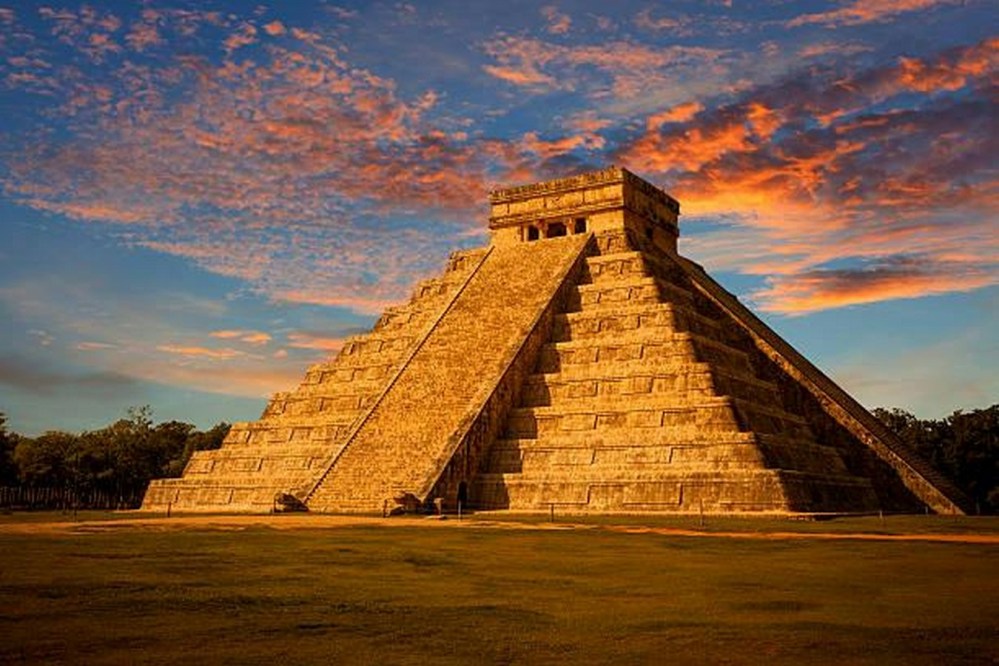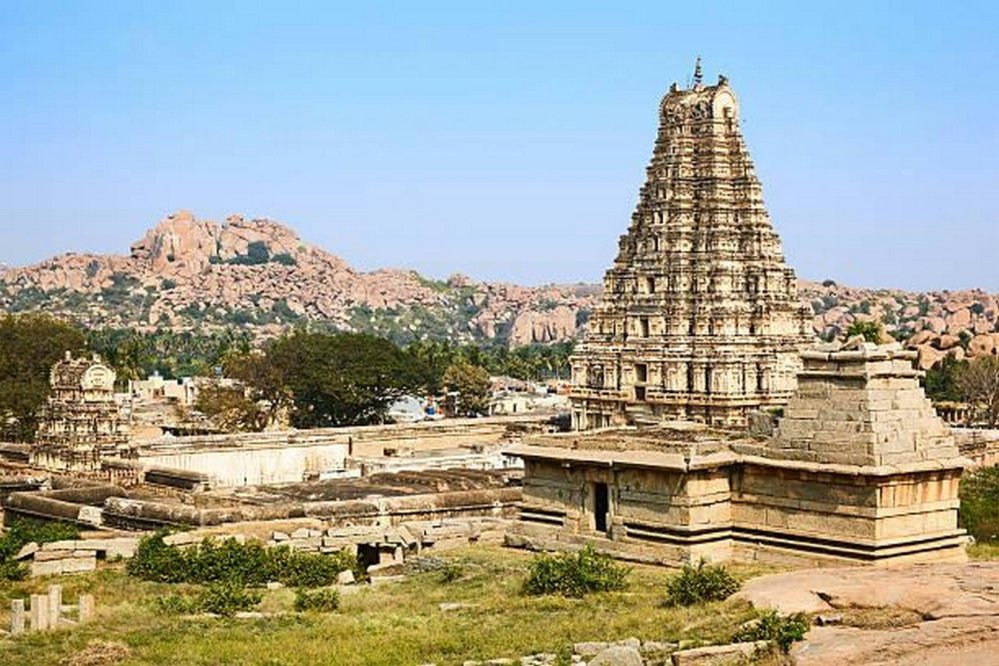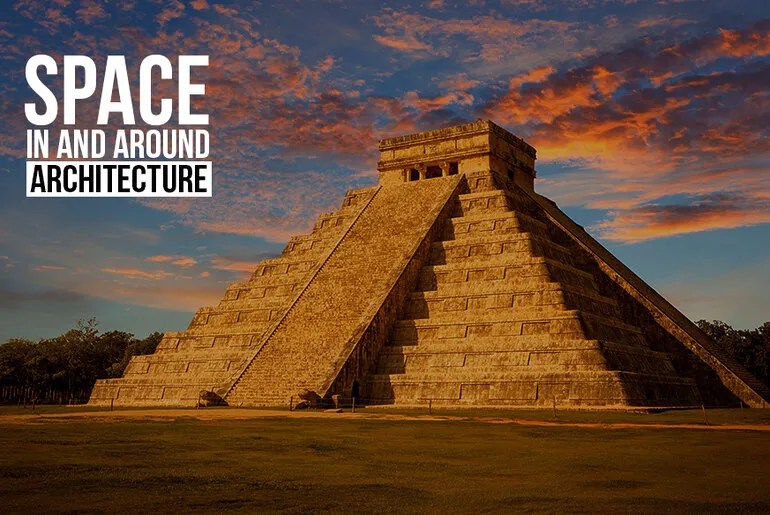Space is often misinterpreted as the open space around or inside the volume-occupying structure. The positive and negative spaces in any setting play an important role in characterizing the feel, look, and overall experience that it has to offer. Space is all around, and it plays a significant role in architecture, architects design spaces for people, but at the same time, there’s a space above as well. Astronomy is the study of stars, planets, and the universe in general. Several ancient kingdoms of the past have often followed the route of the stars and constellations and have considered them to be sacred. This has often led to a connection between historic structures and planetary events be it equinoxes or eclipses; the people of the ancient civilizations had their significant share of beliefs and culture associated with it.
The pyramid of Giza is directly related to the constellation Orion, which is associated with Osiris. The pyramids can be used to complete the picture of the Orion constellation. The Stonehenge had been for astronomical observation. It had been used to predict eclipses.
Mayan cities show signs of astronomical orientation in the construction of buildings. The shadows of Chichen Itza show a zigzag pattern on days of equinoxes which is when the days are either the longest or shortest, not to forget that the pyramid itself serves as a big calendar.

The temples built across centuries have always covered vastly different subjects and are often aligned astronomically. Apart from the fascinating geometry and sculptures, most of these have played a significant role in acting as time capsules. Based on certain astronomical alignments, a lot of information can be inferred.
The 8th wonder of the world, Angkor Wat, is a complex structure. Being the largest temple complex, it gives fascinating clues about the past. The solar and lunar numbers that appear in the design of Angkor Wat temple are the number of constellations or nakshatras, the number of months in a year, the days in a lunar month, and the days in a solar month. These findings.
The Virupaksha Temple is located in Hampi. The shadow of the Raj Gopuram or the main tower of the Virupaksha temple in Hampi falls on a wall in the Saalu Mantapa, some 300 feet away. The inverted shadow formed is an attraction in itself. The Hampi Virupaksha temple inverted shadow mystery has generated a lot of interest and fascinated people.

The famous Meenakshi Aman temple of Madurai is well known for its architectural splendour. The outskirts of the temple are now flooded with commercial activity, leaving very little scope for verifying any event associated with celestial objects at the horizon. The main sanctum is said to align with the sunrise on the spring equinox, and the main entrance is said to align with the sunset on the same day.
In the Padmanabhaswamy temple, on the day of the equinox, the Garbhagriha gets illuminated. The temple’s Gopuram, or tower, has five windows, and sunlight passes through them all during the equinox. This celestial alignment was achieved 260 years ago without the use of modern technology.
The reason why equinoxes played such an important role has to do with the fact that most ancient civilizations considered that to be the new year of the day. Many of the ancient calendars began either in March or September. Equinox is that time of the year when day and night are the same. The reason why this event was so significant lies in the fact that it acted as the proper transition phase based on how the Earth is aligned with the Sun.
In the Konark Sun temple, the time can be calculated using the sun’s direction. The 12 pairs of wheels represent the 12 months in a year, the spokes in each wheel add up to 24 hours every day and the 7 horses represent the days of the week.
Now, most of the philosophy behind this construction might seem a bit superstitious, but let’s not forget that either it’s too difficult to decipher the ancient language in which it is written or it’s in ruins so either way there’s a huge chunk of history that’s washed away. Another interesting thing to note is how most of the stories and ideas are similar across different dynasties even though the places of their origin might be vastly different. In the past, humans were pretty advanced in mathematics and science to even consider making structures that were so beautifully aligned with the stars above and beyond. Outer space has always been a fascinating topic, which is why several structures from around the world have directly or indirectly incorporated the science behind it in them.
References:
https://swarajyamag.com/culture/the-classical-hindu-temple-an-embodiment-of-the-astronomical-knowledge-of-the-time https://www.ece.lsu.edu/kak/ang3.pdf
Credits:
Most famous landmark of Yucatan and iconic symbol of Mexico. Kukulkan is the name of a Maya snake deity that also serves to designate historical persons.(2014) [Photograph] Available at : https://www.istockphoto.com/photo/el-castillo-of-chichen-itza-at-sunset-mexico-gm481272289-36825382
Oshi.(2015) Virupaksha Temple, located in the centre of ancient city Vijayanagar. Hampi, Karnataka, India.[Photograph] Available at :
https://www.istockphoto.com/photo/virupaksha-temple-in-hampi-gm536276539-57544356














